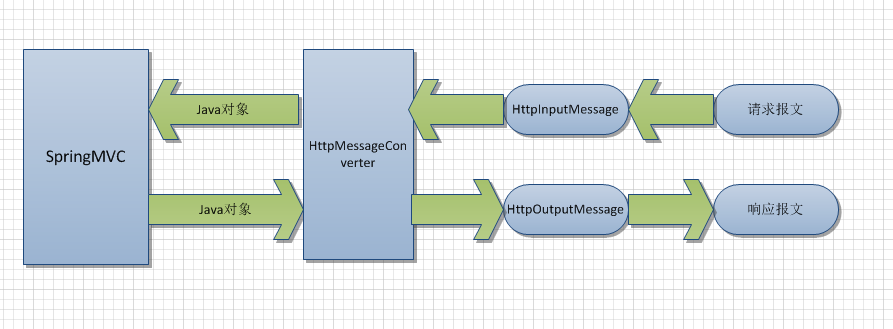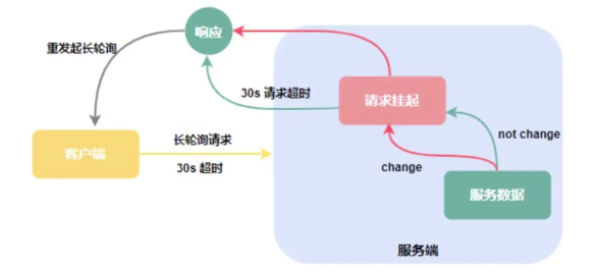X.509 Certificate validation with Java and Bouncycastle(使用 Java 和 Bouncycastle 进行 X.509 证书验证)
问题描述
through the bouncycastle wiki page I was able to understand how to create a X.509 root certificate and a certification request, but I do not quite understand how to proceed concept- and programming wise after that.
Lets assume party A does a cert request and gets his client certificate from the CA. How can some party B validate A's certificate? What kind of certificate does A need? A root certificate? A 'normal' client certificate?
And how does the validation work on programming level, if we assume that A has successfully send his certificate in DER or PEM format to B?
Any help is much appreciated.
Best Regards, Rob
From a programmer's perspective, you need a few things to validate an X.509 certificate.
- A set of "trust anchors"—the root certificates of CAs that you rely on. These should be protected from tampering, so that an attacker doesn't replace a CA certificate with his own fake. The public keys in these certificates are used to verify the digital signatures on other certificates.
- A collection of Intermediate certificates. The application might keep a collection of these, but most protocols, like SSL and S/MIME, that use certificates have a standard way to provide extra certificates. Storing these doesn't require any special care; their integrity is protected by the signature of a root CA.
- Revocation information. Even if a certificate was issued by a CA, it might have been revoked prematurely because the private key was disclosed, or the end entity changed their identity. (For example, a person switches jobs and a certificate with their old company's name in it is revoked.) CRLs or a web-service like OCSP can be used to get an update about the status of a certificate.
With these inputs available, you can use the built-in PKIX support to construct and validate a certificate path.
/* Givens. */
InputStream trustStoreInput = ...
char[] password = ...
List<X509Certificate> chain = ...
Collection<X509CRL> crls = ...
/* Construct a valid path. */
KeyStore anchors = KeyStore.getInstance(KeyStore.getDefaultType());
anchors.load(trustStoreInput, password);
X509CertSelector target = new X509CertSelector();
target.setCertificate(chain.get(0));
PKIXBuilderParameters params = new PKIXBuilderParameters(anchors, target);
CertStoreParameters intermediates = new CollectionCertStoreParameters(chain)
params.addCertStore(CertStore.getInstance("Collection", intermediates));
CertStoreParameters revoked = new CollectionCertStoreParameters(crls);
params.addCertStore(CertStore.getInstance("Collection", revoked));
CertPathBuilder builder = CertPathBuilder.getInstance("PKIX");
/*
* If build() returns successfully, the certificate is valid. More details
* about the valid path can be obtained through the PKIXBuilderResult.
* If no valid path can be found, a CertPathBuilderException is thrown.
*/
PKIXBuilderResult r = (PKIXBuilderResult) builder.build(params);
An important thing to note is that if a path cannot be found, you don't get much information about the reason. This can be frustrating, but it is that way by design. In general, there are many potential paths. If they all fail for different reasons, how would the path builder decide what to report as the reason?
这篇关于使用 Java 和 Bouncycastle 进行 X.509 证书验证的文章就介绍到这了,希望我们推荐的答案对大家有所帮助,也希望大家多多支持编程学习网!
本文标题为:使用 Java 和 Bouncycastle 进行 X.509 证书验证


- 未找到/usr/local/lib 中的库 2022-01-01
- 将 Java Swing 桌面应用程序国际化的最佳实践是什么? 2022-01-01
- Eclipse 的最佳 XML 编辑器 2022-01-01
- 获取数字的最后一位 2022-01-01
- 转换 ldap 日期 2022-01-01
- GC_FOR_ALLOC 是否更“严重"?在调查内存使用情况时? 2022-01-01
- 如何使 JFrame 背景和 JPanel 透明且仅显示图像 2022-01-01
- 如何指定 CORS 的响应标头? 2022-01-01
- java.lang.IllegalStateException:Bean 名称“类别"的 BindingResult 和普通目标对象都不能用作请求属性 2022-01-01
- 在 Java 中,如何将 String 转换为 char 或将 char 转换 2022-01-01









